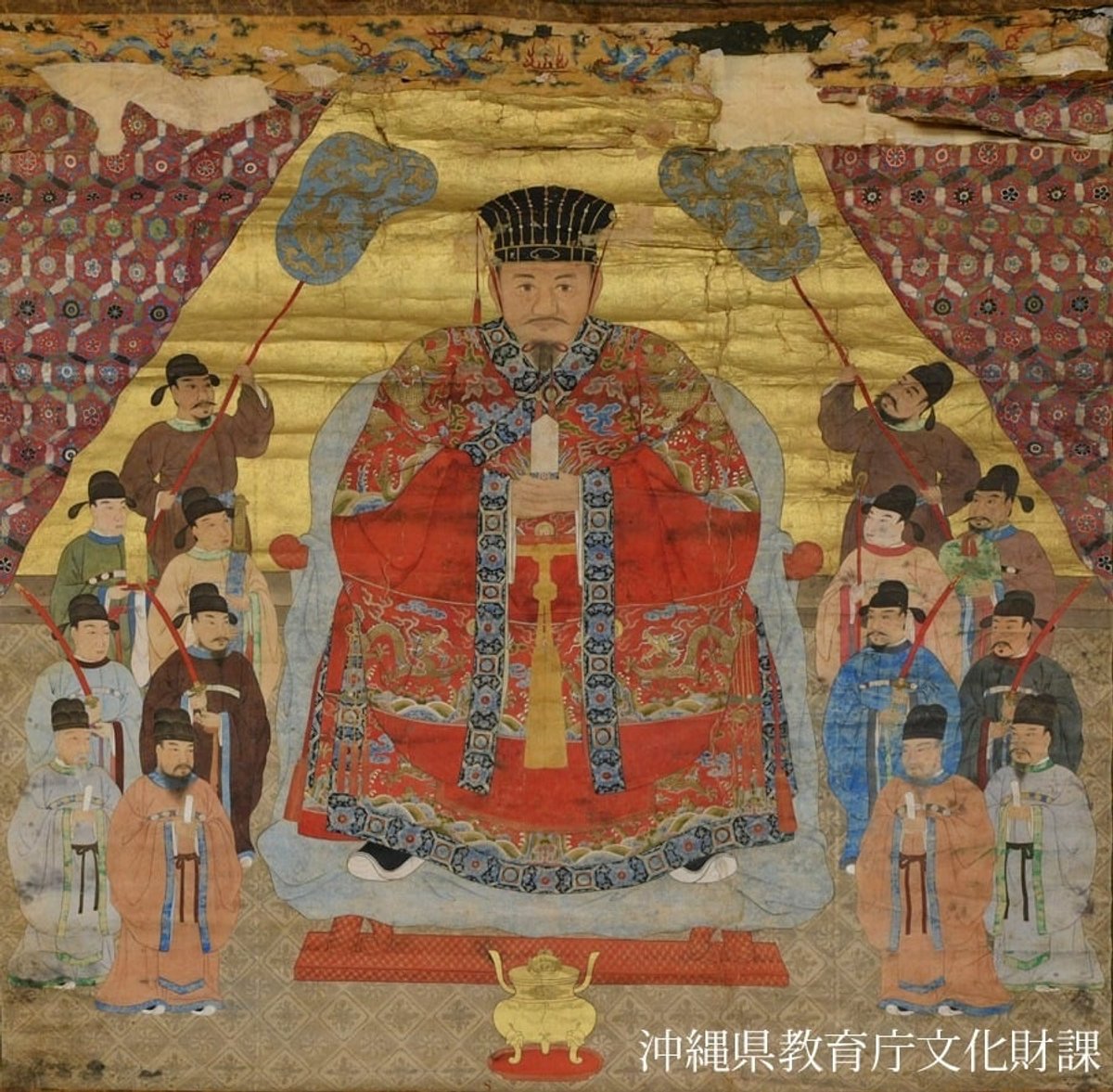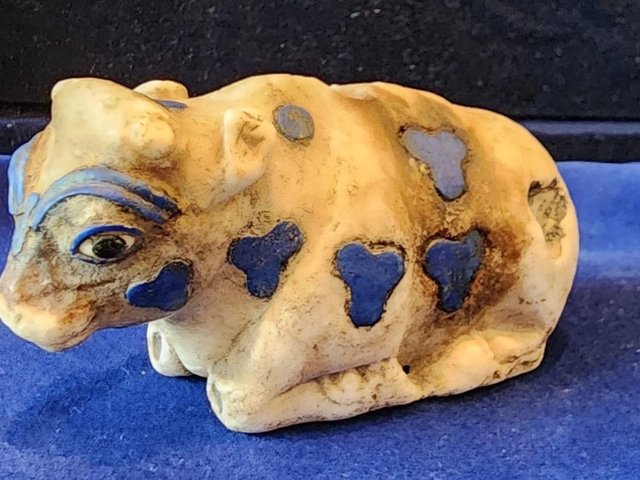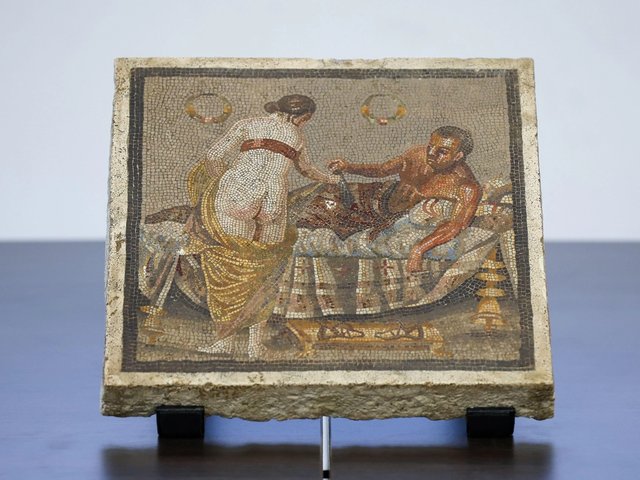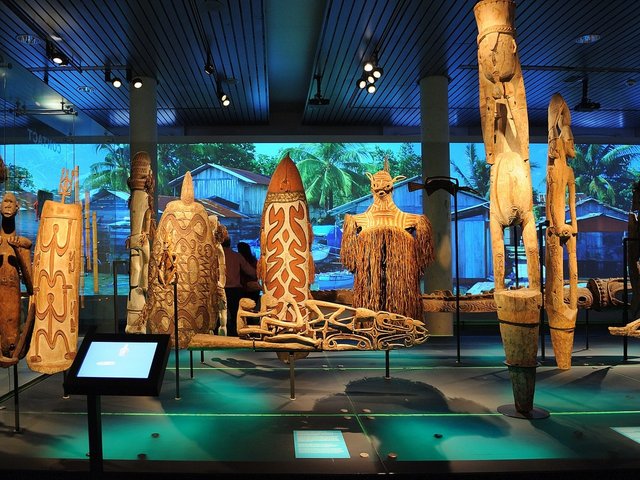The Boston division of the Federal Bureau of Investigation (FBI) has recovered 22 historic artefacts looted during the Second World War's Battle of Okinawa. The objects, some of which date to the 18th and 19th centuries, had been missing for almost 80 years. They represent significant chapters in the history of Okinawa—a city that suffered more than 100,000 casualties during the Japanese Imperial Army’s bloody battle with the US in 1945. The haul includes six portraits painted on scrolls, a hand-drawn map of the region and a variety of ceramics.
“It’s an exciting moment when you watch the scrolls unfurl in front of you,” Geoffrey Kelly, an FBI Boston special agent and member of the FBI's Art Crime Team, said in a statement. “These artifacts are culturally significant, they’re important pieces of Japan’s identity. These were especially important, because they were portraits of Okinawan kings dating back to the 18th, 19th centuries.”
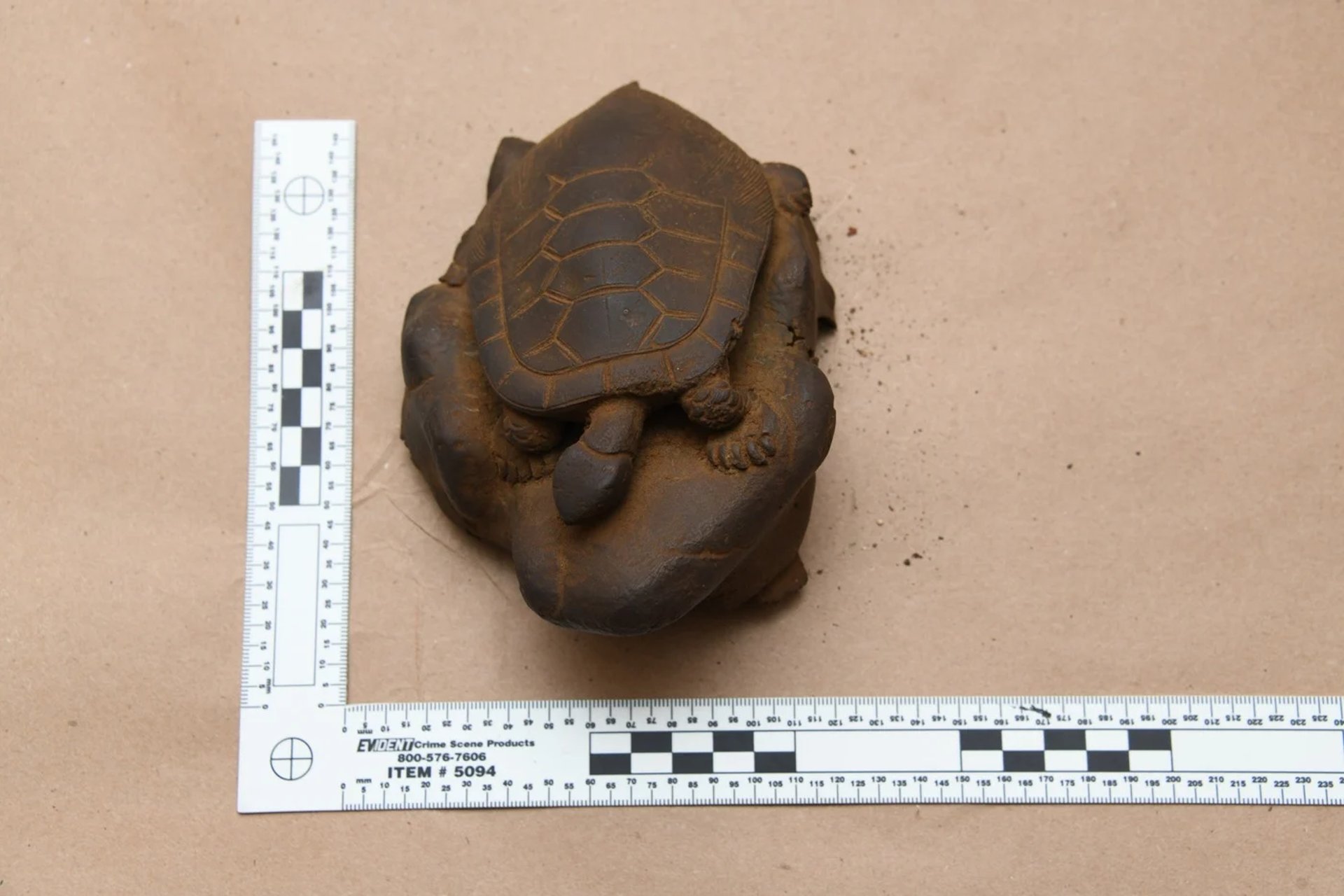
A turtle sculpture found among the artefacts FBI Boston
The artefacts were turned over to the FBI by an anonymous family who found them among their late father’s possessions last year. While the man was a veteran of the Second World War, he did not serve in the Pacific, raising questions as to the provenance of the objects. The family discovered that four of the 18th-century portraits were listed in the FBI’s National Stolen Art File (NSAF), a public, searchable database of cultural property reported as missing or pilfered. They also found a typewritten letter stating that the items had been collected in Okinawa in 1945.
“This case highlights the important role the public plays in recognising and reporting possible stolen art," Jodi Cohen, special agent in charge of the FBI Boston Division, said in a statement.
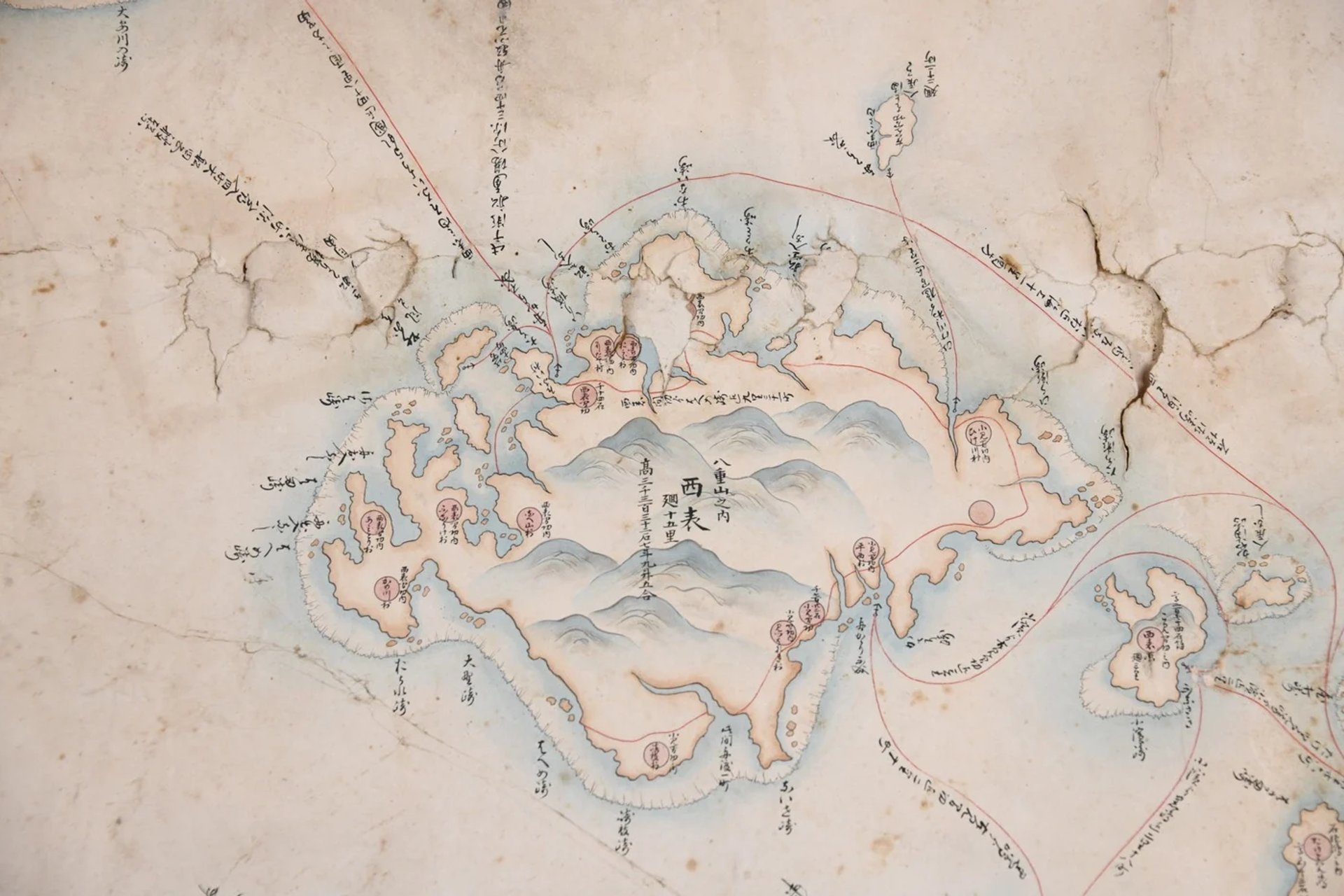
A hand-drawn map of Okinawa from the 19th century FBI Boston


